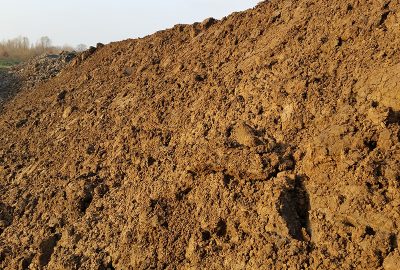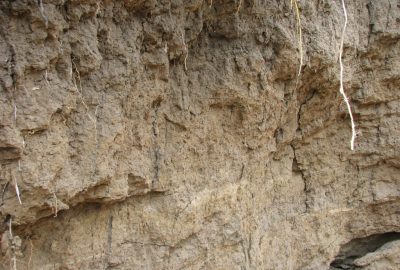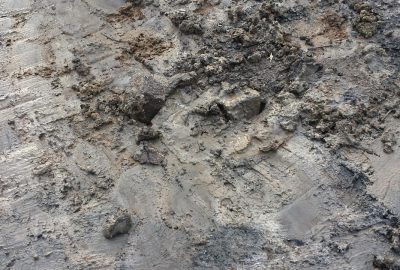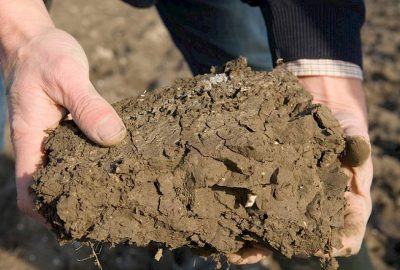info@substrate-consulting.nl
+31 651 280 141
Clay is often used as an additive for potting soils. The aim can be to grow stronger plants which are more compact but…..what does clay actually do?
Physical effectDifferent types Not everything the market calls “clay” is really clay. We call the material “clay” if the particles are smaller than 2 µm. Often coarser material is used and called clay but is actually getting close to being sand ( > 50 µm) which has the effect of compressing the potting soil, but does not have the other capacities we are looking for. In the production of clay, there is always a strict selection; not only the types (fineness), the CEC but also practical things like the growth of weeds are checked and controlled.
This is just a brief note.
If you want to know more about the origin, the fabrication, the use, the advantages and disadvantages of clay for you: don’t hesitate to write us a mail at info@substrate-consulting.nl



Hogelaan 6
3134 VK Vlaardingen
The Netherlands
+31 (0)651 280 141
© 2023 I.S.C. | All rights reserved. | Realisation: RED PILL Design
